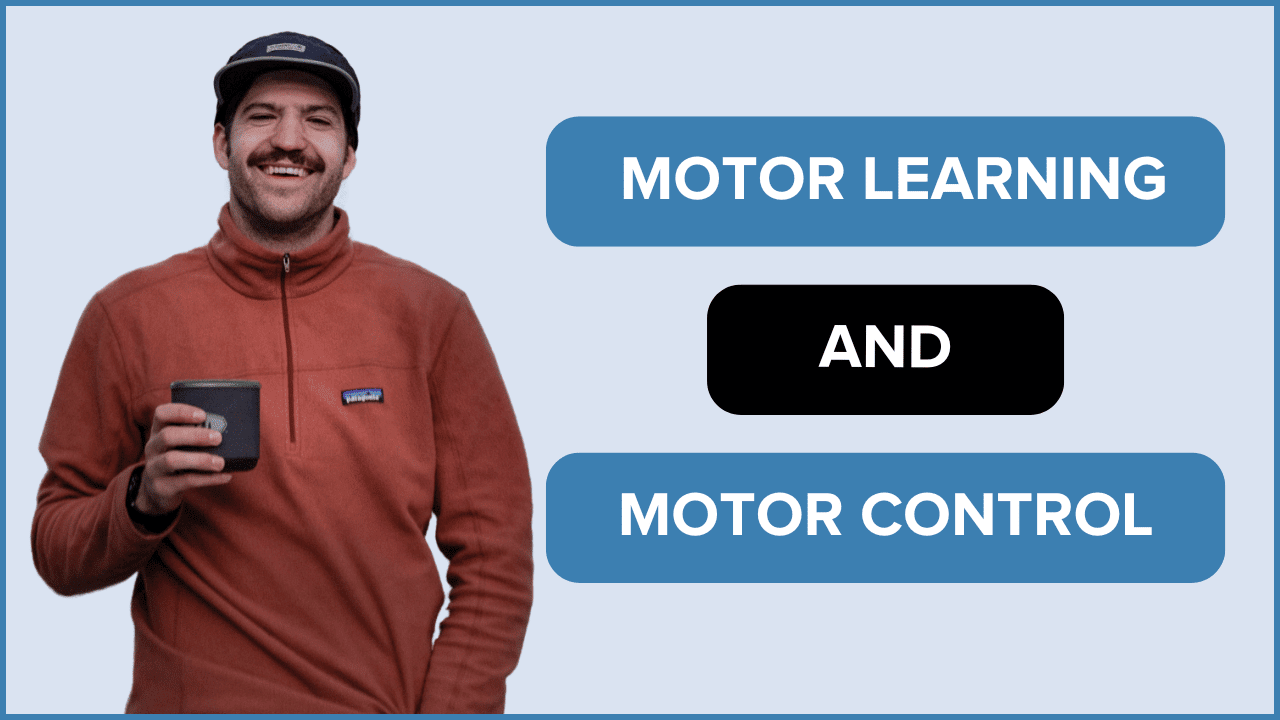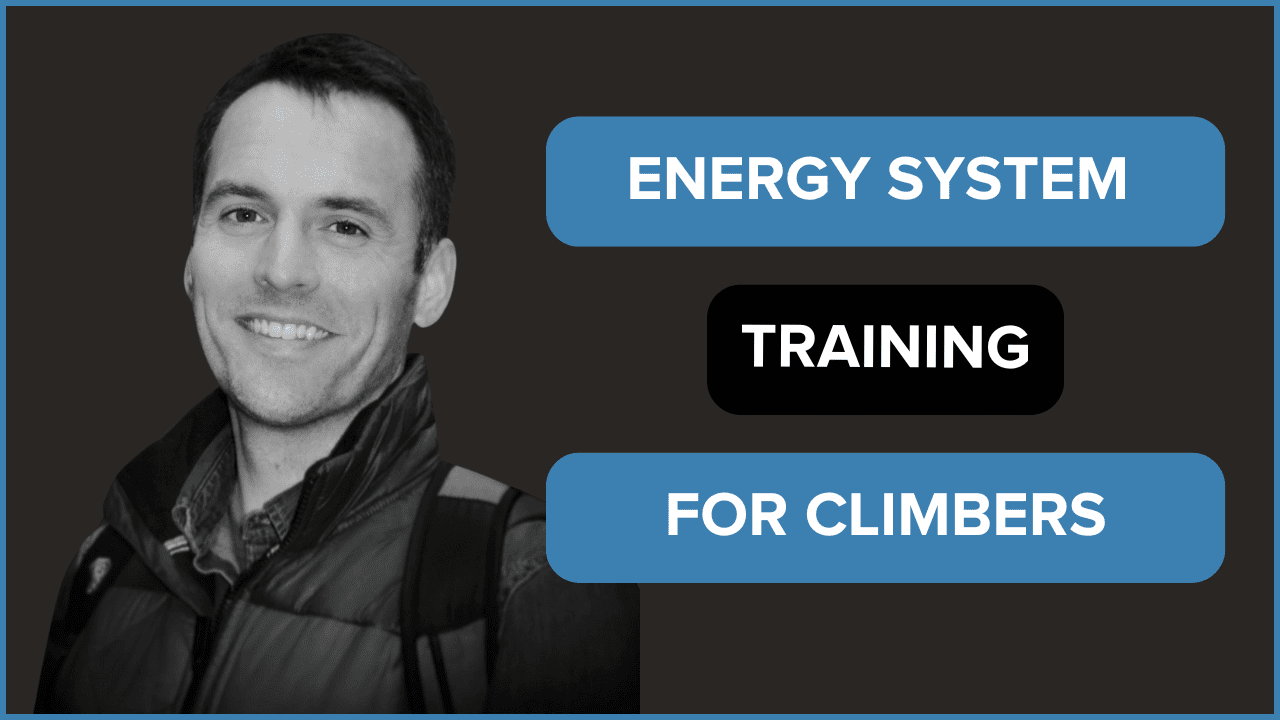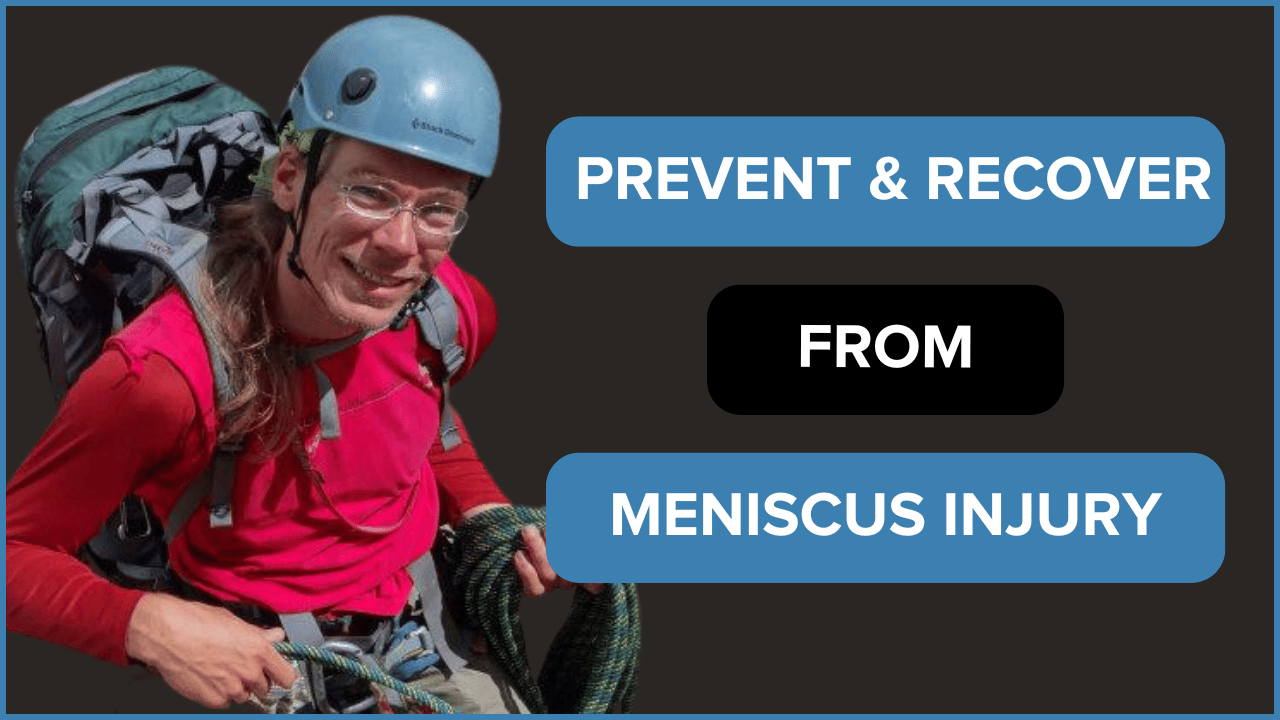S1, E4: AC Joint Sprain Climbing Rehab – Jonathan Siegrist
In this podcast The Climbing Doctor interviews Arc’Teryx athlete Jonathan Siegrist about his experience with injuring and rehabilitating his Grade III AC joint rock climbing. This interview occurred in 2020, 5 weeks after Jonathan had a grade III AC sprain. After diligent therapy and several months, Jonathan returned to full strength climbing. He continued to train and shortly after, he sent his most challenging project yet.
Listen on Apple Podcasts, Spotify, or wherever you listen to podcasts!
If you would like to listen to the entire interview with Jonathan Siegrist, check out the podcast. If you want to watch the interview, click the YouTube link or any of the timestamps above. If you would like to read quick sample of the interview, check out the excerpt from the interview below.
Hi, today we have with us Arc’Teryx athlete, Jonathan Siegrist. Jonathan, can you tell us a little bit about AC separations, and your personal experience with it recently?
Yeah, so about five weeks ago, I was mountain biking and unfortunately had an accident. To be honest, I didn’t warm up properly, and I had never ridden in that park before, so I made some mistakes. I came down on my mountain bike with both hands on the handlebar, which in retrospect was a good idea given the intensity of the impact. If I had put my hand out to try and stop myself, I could have had some kind of rotator cuff issue. Instead, I landed on the mountain bike and then rolled and landed on my left shoulder and side of my head. I was wearing full face helmet, gloves, elbow pads, but the impact was still too much. I knew something was wrong; I was concussed quite badly, and my left shoulder felt awful. I tried to lift my arms above my head, and it felt terrible. I instinctually kind of tried to lift my arms above my head like this, and I could feel that it felt awful. I’ll spare you the details, but it was definitely like, I was like, for sure I broke my collarbone or something like that.
Thankfully, I was only five minutes drive from the hospital, and a good friend of mine was with me. From the time of my crash until being in the emergency room was probably less than 10-15 minutes, which was pretty fast. I was grateful for that, and I was also grateful because it was in Boulder and I was at the Boulder Hospital, and they were quite backed up because of Covid stuff, but they saw me pretty rapidly. I was getting x-rayed within an hour of the actual crash.
When you got to the hospital, were you holding and supporting your shoulder with your opposite arm?
Yes, I was. I had taken my shirt off and tried to make something of a sling with my friend’s help. I was still wearing my knee pads and everything and was in the waiting room hunched over. I had quite a few abrasions on my back too, so I was kind of bleeding from my back. Most other people in there were just kind of ill, and I think I was the only one in there with a traumatic injury. Everyone else was kind of just feeling bad and thinking they might have Covid or something. They were very generous and gave me seats and helped me wheel through and all that. It was a good group of people. They were all very nice to me.
So, you got an x-ray?
Yes, they actually x-rayed me twice. They first x-rayed me with a unit that they could bring into a room so I wouldn’t have to move. And then, for a more detailed x-ray, they had to take me to another room. They found out I had a grade three AC joint separation.
And so I made an appointment for the ortho the following morning. Thankfully, I got in with him and he evaluated, he tested my rotator cuff, and then he basically just did some feeling around. I thought I was going to need an MRI, but he was pretty much after five, ten minutes, he was like, okay, I think you’re basically on the verge of a grade three, like grade two, grade three separation.
Was surgery ever an option?
No, the doctor didn’t recommend surgery. I think 10, 20 years ago they were doing more surgeries on grade three separations. But, you know, I don’t think that they really do that much anymore. I think they saved that for like really, really extreme cases.
Can you describe the rehabilitation process you went through?
There are different phases of the rehabilitation process. The first phase is focusing on eliminating pain and protecting the AC joint through a sling. This phase typically lasts between one to three weeks. For me, it was about five to seven days. I had a sling, but I only ended up wearing it for a short period of time because I ordered some Leuko tape. It’s extremely sticky and supportive, so it helped me get through the first phase.
Can you describe the taping process?
Basically, the way that we were taping it is that I would go straight over the clavicle and tape on top of that. Then, we would tape one more up from the arm, and start from the arm and then pull the tape up. The taping was incredibly supportive and it made me feel like within a few days, I could not use the sling anymore.
Can you tell us about your experience with shoulder injury rehabilitation? What you did for unloading and mobility of your shoulder?
For unloading, I used a sling and taped my shoulder. As for mobility, I actively reached for objects and explored different ranges of motion with my arm.
Interviewer: What did you do for strength training during the early stages of rehabilitation?
I experimented with blood flow restriction (BFR) training. It involves using couplings that are placed around your arm and pumped to a certain pressure to occlude venous and arterial flow. This makes it harder for your blood to pump out of your arm and pulls metabolites to speed up the recovery process. BFR training helps with hormonal responses, such as testosterone and human growth, and is localized in the area. I put the BFR couplings on both arms and did simple range of motion exercises with weights in my fingers. I continued doing this for the first two weeks of my rehabilitation.
Were there any challenges or limitations you faced during your rehabilitation?
Yes, during the first two weeks, I had a lot of tightness on the left side of my body, which made it difficult to do weighted exercises with my right arm. I could not hang from one arm on the right side because it was too painful. I did some experimentation with range of motion, BFR training, and went on walks in the mountains.
Can you tell us about your experience with climbing after your injury?
Yeah, so, around three weeks after my injury, I started doing a little bit of climbing. It was well below my limit, and it felt like I had pretty good strength with my left arm from about shoulder height and down. I could choose boulder problems or whatever, where I might do a long move with my right arm and take a hold here and then move like this with my left arm. The sensation and being able to move and use my feet on the wall and stuff was really encouraging.
Interviewer:
How did you manage to keep your shoulder engaged during climbing?
Keeping the shoulders engaged throughout climbing is essential, but it can lead to quick fatigue. It limits your range and reach, but it adds stability and gives you confidence on the wall. I imagine that was a huge thing for you to just be back. My physiotherapist, would tell me that even if I’m doing stuff below my limit, that’s progress because I’m building all the stabilizing muscles that are gonna help me down the road. I started experimenting with different exercises and worked on the range of motion that I should try, which was quite challenging at first.
What were some of the main difficulties you faced during the early stages of climbing?
One of the main difficulties was with my arms completely overhead like this. I could start to hang maybe close to 1, 120 degrees here, but to hang with my arm completely extended was still out of the question. So, I started doing some more hangs at a comfortable angle and pull-ups from there up, which was also challenging at first. I tried different exercises, such as being in the push-up position, like a plank position, but even push-ups were hard at that point.
Interviewer:
Can you tell us more about your strength exercises?
With my strength exercises, there wasn’t a cookie-cutter approach. It was more like trying to reproduce a movement that I couldn’t do. Thinking about what are the components involved it hat movement then dial that back a little bit and challenge it and then let me play with that range to see if I can get a little bit closer without pain or instability. And I think that what really helped was the combination of trying different exercises and working on my range of motion every day. I felt like I was making a small amount of progress every day. There was never a day where I was like, oh my God, I’m better. But it was like, each day that I went in, I felt like I could do a little bit more, you know? So, that really helped keep me going for sure.
Can you tell us more about your recovery process from your injury?
Yeah, for me, it was really important to load the injured parts of my body as slowly and incrementally as possible. I started way below my limit, and every time I went to the physical therapist, I asked what I should avoid. Then, I would go to the climbing gym and experiment. Sometimes, experimenting meant grabbing every hole on the wall, or if a move was too much for me, I would try it with someone only giving me 20% of my body weight.
How far out are you now from the initial injury?
I’m just beyond five weeks.
What’s next for you in your rehab process?
The progress I’ve made over the last 10 days to two weeks has been really good. I started to reintroduce dynamic movement on the wall, and I did that as controlled as I could by doing the easiest dynamic problems that I could find at first. I also started doing one-arm hangs for small holds, and that has become one of my favorite training exercises. I engage my shoulder at about 120 to 90, hanging on a small edge for 5-6 seconds, resting for 20 seconds, and then hanging again.2
Thanks for sharing with us about your injury and rehab process, where can climbers find you?
You can find me on my webpage: http://www.jonathansiegrist.com
And social media accounts: @jonathansiegrist
- Disclaimer – The content here is designed for information & education purposes only and the content is not intended for medical advice.




